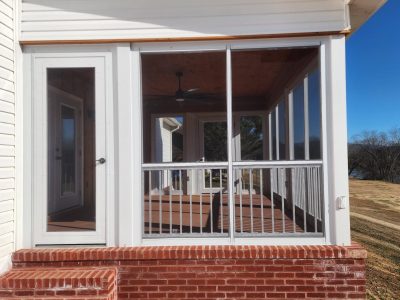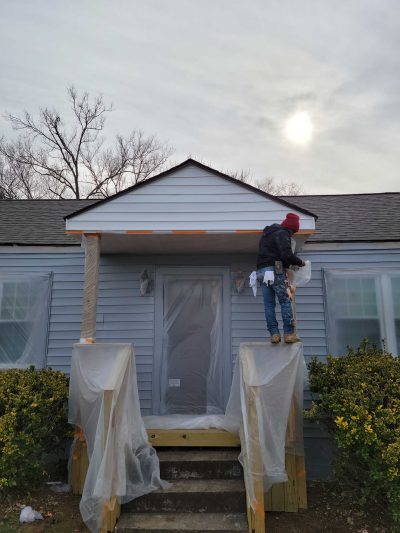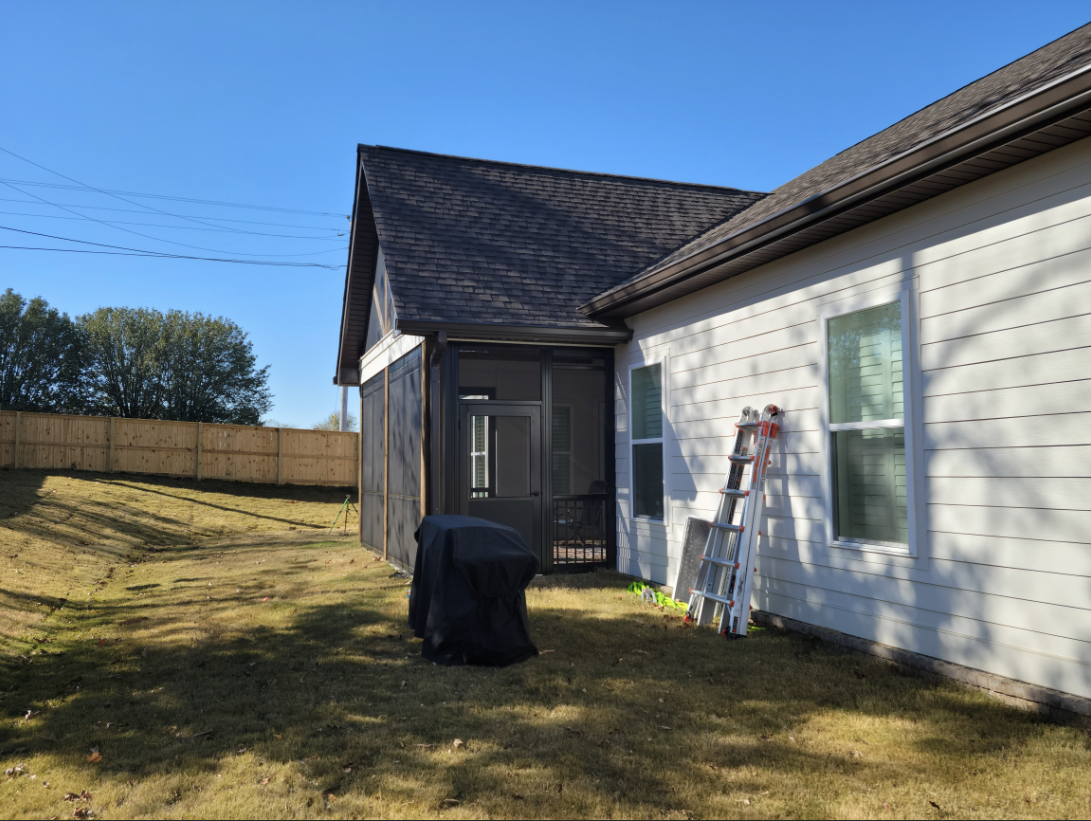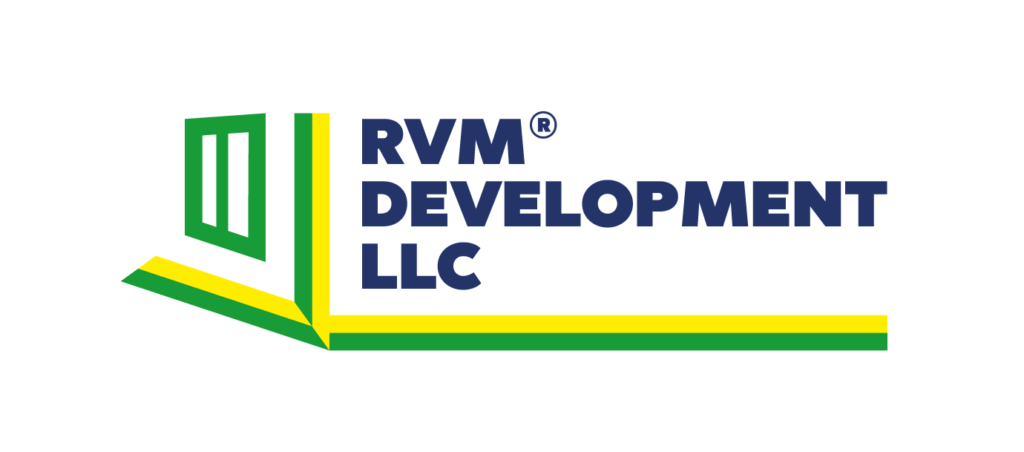The Benefits, Pros & Cons, and Differences of Remote Controlled Screens
Quality Remote-Controlled Screens
Remote-controlled screens are becoming an increasingly popular addition to homes, patios, and commercial spaces. Their ability to provide convenience, protection, and energy efficiency makes them a smart investment for homeowners looking to improve their indoor-outdoor living experience.
However, like any home improvement feature, remote-controlled screens come with their own set of advantages, drawbacks, and variations that may suit different needs and preferences.
In this comprehensive guide, we’ll explore the benefits, pros and cons, and key differences of remote-controlled screens, helping you determine whether they’re the right choice for your home or business.
The Benefits of Remote-Controlled Screens
Convenience and Ease of Use
One of the standout features of remote-controlled screens is the sheer convenience they offer. With the push of a button or a simple voice command, you can adjust your screens without the hassle of manual operation. Some of the top benefits of convenience include:
- Smart Home Integration – Many remote-controlled screens can sync with smart home systems, allowing users to control them via smartphone apps, voice assistants (like Alexa or Google Home), or even automated schedules.
- Effortless Adjustment – Unlike traditional shades or screens that require manual effort, these screens can be raised or lowered at your convenience.
- Remote Accessibility – Whether you’re inside your home or away, some systems offer app connectivity so you can control your screens from anywhere.
Enhanced Comfort and Protection
Remote-controlled screens help create a comfortable environment by regulating light, airflow, and protection from pests. Their primary functions include:
- Blocking Harmful UV Rays – These screens significantly reduce glare and sun exposure, helping to prevent skin damage and protect furniture from fading.
- Temperature Regulation – By reducing heat penetration, motorized screens contribute to energy efficiency, keeping interiors cooler in summer and warmer in winter.
- Insect and Pest Prevention – Many homeowners install remote-controlled screens on patios and porches to keep mosquitoes, flies, and other insects at bay.

Increased Energy Efficiency
By blocking excessive sunlight and reducing heat gain, remote-controlled screens help maintain comfortable indoor temperatures. This results in:
- Lower Energy Bills – Reduced reliance on air conditioning and heating leads to cost savings over time.
- Eco-Friendly Living – Less energy consumption means a smaller carbon footprint.
- Improved Insulation – Some screens come with insulating properties, further boosting energy efficiency.
Versatile Design and Customization
remote-controlled screens come in a variety of designs, materials, and colors to complement different architectural styles. Customization options include:
- Different Opacity Levels – Choose from light-filtering, blackout, or semi-transparent screens depending on your needs.
- Various Frame Colors – Match the screen’s frame with your home’s color scheme.
- Retractable vs. Fixed Screens – Some models retract into a discreet housing when not in use.
Increased Privacy and Security
These screens can act as an additional privacy measure, allowing homeowners to control visibility into their living spaces. Some high-end models even come with security features, such as reinforced materials or locking mechanisms to deter intruders.
Pros and Cons of Remote-Controlled Screens
While remote-controlled screens offer numerous advantages, it’s essential to weigh their drawbacks before making a purchase.
Pros
✅ Convenience – Easily operated via remote, smartphone app, or automation.
✅ Aesthetic Appeal – Sleek, modern designs that blend with home architecture.
✅ Energy Efficiency – Helps lower utility bills by reducing heat gain and loss.
✅ Protection – Shields interiors from UV rays, insects, and unpredictable weather.
✅ Customizable – Available in various materials, colors, and transparency levels.
Cons
❌ Higher Initial Cost – Motorized screens are more expensive than manual alternatives.
❌ Maintenance Requirements – Moving parts and electronics may need occasional servicing.
❌ Potential for Malfunctions – Remote systems can experience connectivity issues or power failures.
❌ Installation Complexity – Professional installation may be required, adding to overall costs.
Differences Between Various Remote-Controlled Screens
Not all remote-controlled screens are created equal. Understanding the key differences can help you select the right model for your home.
Indoor vs. Outdoor Screens
- Indoor Screens – Typically used for windows and doors to provide shade, privacy, and energy efficiency.
- Outdoor Screens – Designed for patios, porches, and outdoor spaces to block wind, insects, and sunlight while maintaining ventilation.
Motorized Retractable vs. Fixed Screens
- Retractable Screens – These screens roll up into a hidden casing when not in use, preserving aesthetic appeal and functionality.
- Fixed Screens – Installed permanently, offering a consistent barrier against insects and UV exposure but without the flexibility of retractability.
Wired vs. Wireless Systems
- Wired Screens – Hardwired to a home’s electrical system for reliable operation, often requiring professional installation.
- Wireless Screens – Battery-operated or solar-powered models that offer flexibility and easy installation but may require periodic battery changes.
Different Control Methods
- Remote Control – Standard handheld remotes allow for easy screen operation.
- Smart Home Integration – Some models connect to home automation systems for voice and app control.
- Wall Switches – A fixed switch provides a dedicated point of control within the home.
Material Differences
- Mesh Screens – Ideal for insect prevention while maintaining airflow.
- Solar Screens – Designed to block heat and UV rays.
- Vinyl Screens – Offers weather protection while maintaining visibility.
Is a Remote-Controlled Screen Right for You?
If you value convenience, comfort, and energy efficiency, investing in remote-controlled screens is a smart choice. However, consider your specific needs, budget, and intended application before making a purchase. Here are a few questions to help guide your decision:
✔ Do you want better control over indoor temperature and sunlight exposure?
✔ Are you looking to enhance outdoor comfort without compromising views?
✔ Do you prefer automated or smart-home-integrated solutions?
✔ Are you willing to invest in a long-term, energy-efficient solution?
If you answered yes to most of these questions, remote-controlled screens could be a great addition to your home.
How to Maintain and Extend the Lifespan of Your remote-controlled Screens
Investing in remote-controlled screens is a smart decision, but proper maintenance ensures they remain functional and attractive for years. Here are some key maintenance tips to extend their lifespan:
Regular Cleaning
- Dust and Debris Removal: Dust and dirt can accumulate on the screen fabric, leading to wear over time. Use a soft cloth or a handheld vacuum with a brush attachment to remove loose particles.
- Mild Cleaning Solution: If screens become stained, mix mild soap with warm water and gently wipe the fabric. Avoid harsh chemicals that can damage the material.
- Track Cleaning: For retractable screens, clean the tracks regularly to prevent buildup that may obstruct smooth operation. A soft brush or compressed air can help dislodge debris.
Protecting Against Weather Damage
- Strong Winds and Rain: While many remote-controlled screens are weather-resistant, retracting them during extreme conditions can prevent unnecessary strain.
- UV Exposure: If your screens are exposed to direct sunlight for prolonged periods, consider UV-protective coatings to prevent fading or material deterioration.
Routine Motor and Mechanism Checks
- Lubrication: If your screens operate using a track and pulley system, occasional lubrication can ensure smooth movement.
- Battery Replacement (If Applicable): Wireless or battery-operated models should have their batteries checked and replaced periodically.
- Professional Inspection: Scheduling an annual check-up with a technician can help identify potential issues before they escalate, ensuring longevity.
By following these simple maintenance steps, homeowners can maximize the durability and performance of their remote-controlled screens, ensuring they remain in top condition for years to come.
How Remote-Controlled Screens Compare to Traditional Screens
When deciding between remote-controlled screens and traditional screens, it’s essential to evaluate how they differ in functionality, convenience, and overall value.
Automation and Ease of Use
- Remote-Controlled Screens: Offer effortless operation through remotes, smart apps, or voice commands, making them ideal for modern smart homes.
- Traditional Screens: Require manual adjustments, which can be inconvenient for large or hard-to-reach installations.
Customization and Flexibility
- Remote-Controlled Screens: Available in various materials, opacity levels, and sizes. Can be programmed to adjust based on time of day or weather conditions.
- Traditional Screens: Limited to fixed positions, with fewer customization options in terms of automation and integration.
Energy Efficiency
- Remote-Controlled Screens: Can be automated to block heat in summer and retain warmth in winter, reducing energy bills.
- Traditional Screens: Offer basic sun protection but require manual adjustments to maximize energy efficiency.
Cost and Installation
- Remote-Controlled Screens: Higher initial investment due to motorization and smart features but offer long-term convenience and benefits.
- Traditional Screens: More affordable upfront but may require frequent manual adjustments and lack modern integration.
For homeowners seeking a low-maintenance, energy-efficient, and modern shading solution, remote-controlled screens provide superior flexibility and convenience. However, those looking for a budget-friendly and simpler alternative may prefer traditional screens.
Get Started with RVM Development
remote-controlled screens are more than just a luxury—they offer practical benefits that enhance the comfort, efficiency, and usability of any space. Whether you need them for sun protection, insect control, or energy savings, these screens provide a modern, automated solution that adds value to your home.
At RVM Development, we offer high-quality remote-controlled screens tailored to your needs. Whether you’re looking for retractable patio screens, automated window coverings, or weather-resistant solutions, we provide expert guidance and installation services.
Contact us today to explore the best options for your home and start enjoying the benefits of remote-controlled screens!
Our Products are DIY Friendly!
Would you prefer to do it yourself? We can help with that, too! Our manufacturer’s provide DIY friendly products, and we’re happy to provide the guidance and assistance needed for you to install them on your own.
Get Your Free DIY Estimate
Call, or click below to request an estimate. Be sure to mention promo code “DIY-RVM”
Benefits of Updating Your Home’s Siding in Chattanooga, TN
Upgrading your siding offers numerous advantages for Chattanooga homeowners:
- Enhanced Curb Appeal: New siding transforms your home’s exterior, making it more attractive to neighbors and potential buyers.
- Increased Property Value: Quality siding boosts your home’s resale value, especially when using premium materials like fiber cement or brick veneer.
- Improved Energy Efficiency: Insulated siding helps regulate indoor temperatures, reducing your reliance on heating and cooling systems.
- Protection Against the Elements: Durable siding materials shield your home from Chattanooga’s humid climate and unpredictable storms.
Exploring Sustainable Siding Options
As sustainability becomes a priority for many homeowners, it’s worth exploring eco-friendly siding materials that reduce your environmental impact without compromising performance.
- Reclaimed Wood: Using reclaimed wood siding provides a rustic, authentic look while repurposing materials that would otherwise go to waste. Proper treatment ensures it’s resistant to pests and weather.
- Recycled Metal: Metal siding made from recycled aluminum or steel is highly durable and recyclable at the end of its life, making it an environmentally responsible choice.
- Fiber Cement: Some brands of fiber cement siding incorporate sustainable practices in their manufacturing processes, making this material an eco-conscious option.
- Insulated Vinyl: Insulated vinyl siding can improve energy efficiency, reducing your home’s carbon footprint over time.
By choosing sustainable materials, Chattanooga homeowners can contribute to a greener future while enjoying the benefits of modern siding.
How to Maintain Your Siding for Longevity
Regular maintenance is essential to keep your siding looking and performing its best. Here are some tips for maintaining different types of siding:
- Vinyl Siding: Clean annually with a mild detergent and water to remove dirt and prevent mildew buildup. Avoid using abrasive tools that can scratch the surface.
- Fiber Cement: Inspect for cracks or chips and touch up paint as needed to maintain its appearance. Clean with a garden hose or soft brush.
- Wood Siding: Repaint or restain every few years to protect against moisture and UV damage. Check for signs of rot or insect activity regularly.
- Metal Siding: Wash with water and a gentle cleanser to remove grime. Address dents or scratches promptly to prevent rust.
By following these maintenance practices, you can extend the lifespan of your siding and protect your investment for years to come.
Make the Right Choice
Choosing the perfect siding material for your home is a significant decision that impacts its appearance, durability, and energy efficiency. By considering factors like climate, maintenance, budget, and aesthetics, you can select a siding option that suits your needs and enhances your home’s value.
In Chattanooga, TN, where weather conditions demand durable and moisture-resistant materials, options like vinyl, fiber cement, and brick veneer are ideal choices. Partnering with an experienced contractor ensures a seamless installation process and long-lasting results.
Ready to update your home’s siding in Chattanooga, TN? Contact RVM Development for expert guidance and professional installation. Let us help you transform your home with siding that combines style, durability, and functionality.





